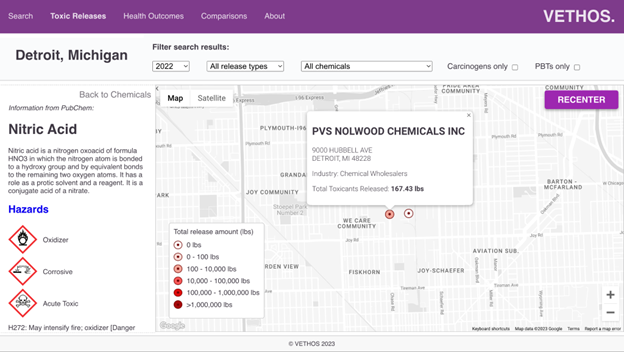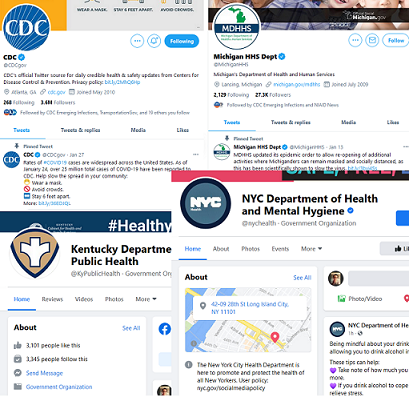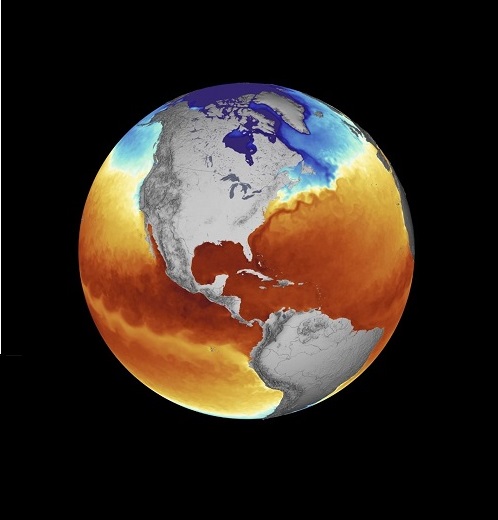The article presents VEHRS (Visualizer of Environmental Health Risks), an upgraded version of the earlier VET tool, designed to help users explore patterns of toxic chemical releases in the U.S. through an interactive web platform. By integrating data from the EPA’s Toxic Releases Inventory, PubChem, and the CDC’s Environmental Public Health Tracking network, VEHRS provides richer insights into how pollutants affect air, water, and soil. While it does not serve diagnostic purposes, the tool encourages public awareness and supports researchers and policymakers in understanding environmental exposure risks. Developed as part of an academic capstone project, VEHRS reflects a collaborative effort to make complex environmental health data more accessible and actionable.
Read MoreThe Wildfire and Air Quality Tracker
One of the major silent killers and reducers of quality of life in the world today is air pollution. The European Environmental Agency considers air pollution "the biggest environmental health risk in Europe." Studies indicate that in general, "air pollution is one of the most important reasons for serious human health effects including cardiovascular and respiratory illnesses" Long-term exposure of simply being downwind of a highway can significantly reduce life years. Moreover, likely due to climate change, growing wildfires are exacerbating air pollution around the world.
Read MoreCoVaR: A Non-Partisan Source of Covid-19 Vaccine Information for Scientists and the Public Alike
Learn more about CoVaR: the Covid-19 Vaccine Research database and application. CoVaR collects, organizes, summarizes, and filters scientific studies related to the Covid-19 vaccines. CoVaR displays reliable and helpful information about the current scientific knowledge on this medicine. It provides a user-friendly website that facilitates searching and analyzing the body of research on Covid-19 vaccines.
Read MoreUS Public health agencies on social media: User engagement and risk communication during the covid-19 pandemic
To learn more about public health agency use of social media, their use of risk communication strategies, and public response to risk communication strategies, LHEI and collaborators are working on a study to address important questions regarding US health agencies use of social media during the covid-19 pandemic.
Read MoreTemperature changes and predictions for US counties: Averages, highs and lows from NOAA's historical records
The Regional Temperature Profiler (RTP) is an open-access and open-source web-based application that provides information on historical temperature changes for particular counties of the US. The application retrieves data from NOAA’s API to create a county profile of temperatures pre and post 1980, clusters of low and high temperatures, and predictions for future temperatures.
Read MoreWhat's in your air, land and water? Visualizing environmental toxicants in your city, county and state
The Visualizer of Environmental Toxicants (VET) was developed to obtain information from the Toxic Releases Inventory (TRI) data of the U.S. Environmental Protection Agency, and associated chemical information from the PubChem database of the National Library of Medicine, to map, organize and visualize information about releases of toxic chemicals into the air, land and water across the United States.
Read MoreToxic household cleaners and better environmental options -- Cleaning and killing the coronavirus
The COVID-19 pandemic has led to greater use of disinfectants and cleaning products. However, it seems that many people do not understand the efficacy of certain products and chemicals, how much to use, and the dangers associated with various toxic chemicals inside “cleaning products”
Read MoreThe purpose of LHEI
The Lab for Health, Environment and Informatics (LHEI) was created to advance research, information systems, and communication to learn about and mitigate health and environmental risks.
Read More





